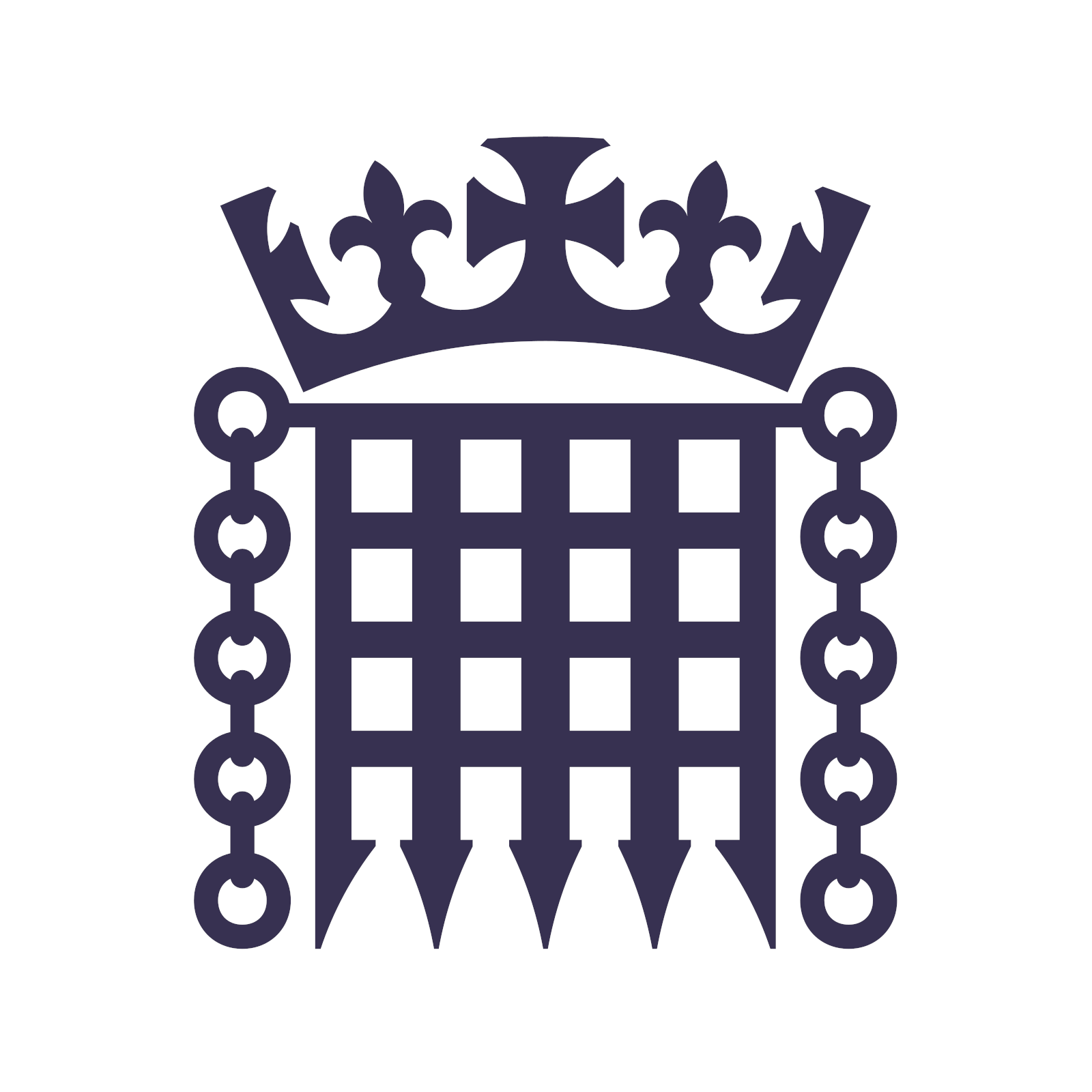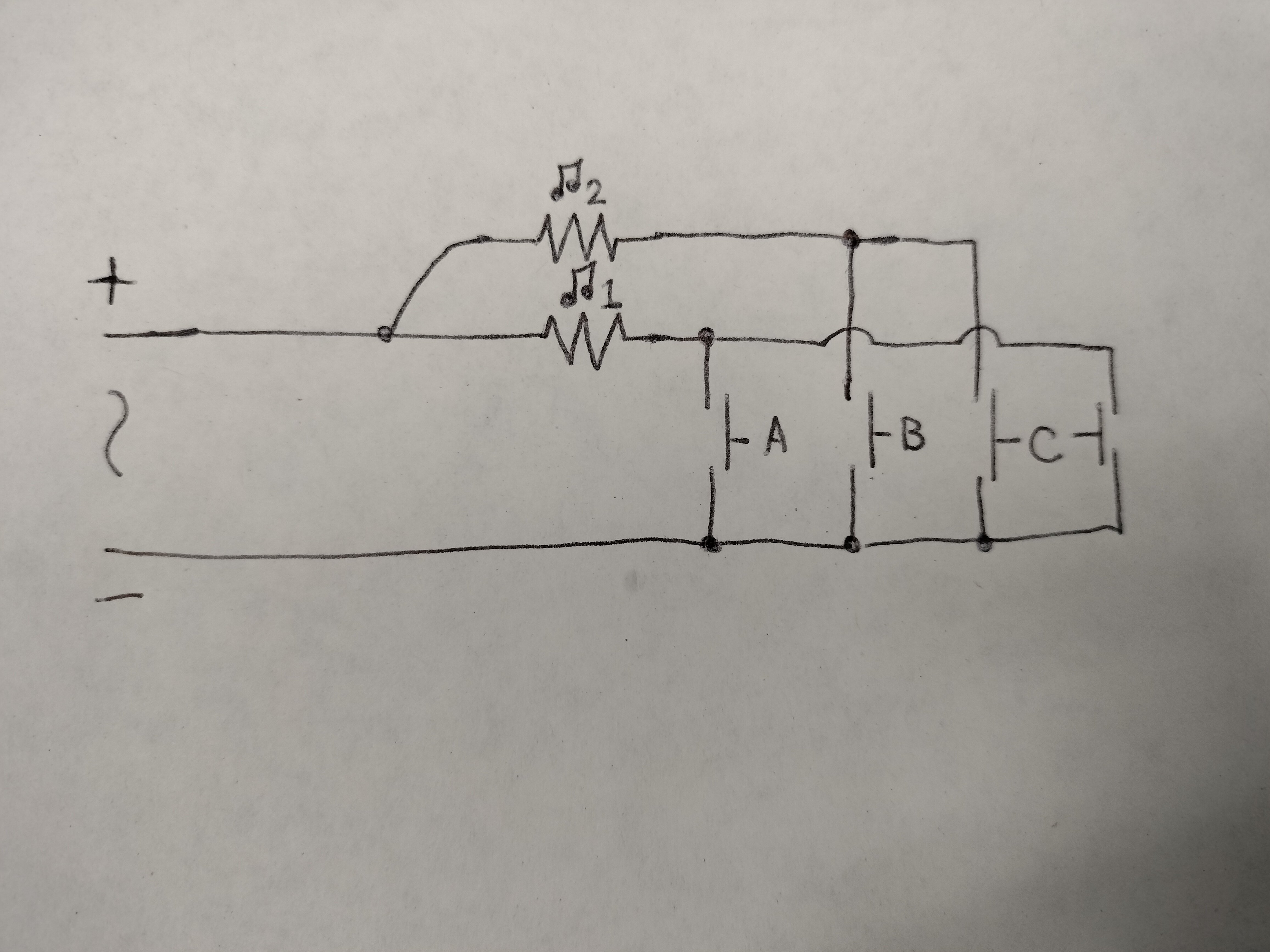

It’s not an LLM, but Stockfish does use AI under the hood and has been since 2020. Stockfish uses a classical alpha-beta search strategy (if I recall correctly) combined with a neural network for smarter pruning.
There are some engines of comparable strength that are primarily neural-network based. lc0 comes to mind. lc0 placed 2nd in the Top Chess Engine Championships in 9 out of the past 10 seasons. By comparison, Stockfish is currently on a 10-season win streak in the TCEC.









No, I go online and just order another one for same-day pickup from a local electronics retailer. Then I restore my files from my backup.